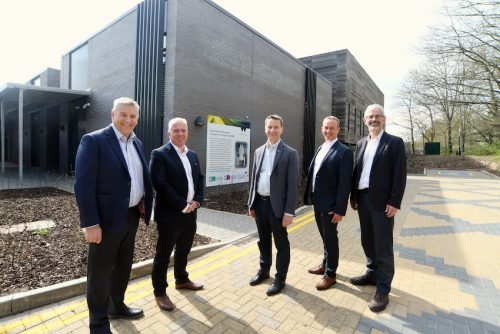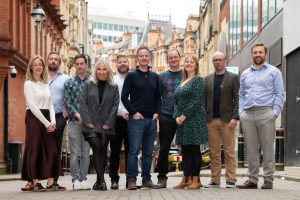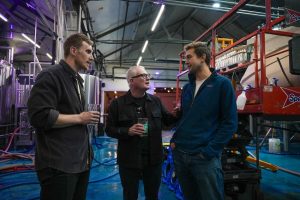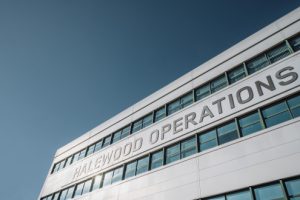UK’s most powerful research magnet finds a new home at the University of Warwick

A specialist facility built to house the UK’s most powerful nuclear magnetic resonance (NMR) spectrometer has been completed at the University of Warwick.
Constructed by Coventry-based Deeley Construction, the new building will now accommodate a 10-tonne, 1.2GHz NMR magnet – one of fewer than 15 of its kind worldwide.
The high-tech instrument will support researchers across the UK working in areas such as sustainable energy, pharmaceuticals and anti-microbial resistance.
Work on the purpose-built site included a magnet hall, control room, and plant room.
The facility will house the 1.2GHz magnet funded by UK Research and Innovation (UKRI), supplied by Bruker, with additional components from Phoenix.
It expands on Warwick’s existing NMR capabilities, previously boosted by the installation of a 1.0GHz system.
Martin Gallagher, managing Director of Deeley Construction said “This has been a complex project and exemplifies our flexibility to deliver unique projects for clients. From a requirement to build with non-ferrous metals to increasing U values to improve thermal efficiency, our team has worked closely with the university to complete a facility that will be vital in supporting important future research.
“We’re proud to continue to support the University of Warwick and its standing as a leading global research institution.”
Professor Steven Brown, director of the UK High-Field Solid-State NMR National Research Facility, said: “We are delighted to be able to use the purpose-built new home at The University of Warwick for the biggest NMR magnet in the UK, which was brought to the field by Bruker last month.
“As one of less than 15 similar magnets in the world, this 1.2 GHz NMR system continues to put the UK at the forefront of research and innovation in areas such as energy, pharmaceuticals and tackling anti-microbial resistance. Backed by a multi-year grant from UK Research and Innovation, we are working closely with our partners from a range of UK universities and the private sector to ensure the investment delivers exciting new science with real-world impact.”
The project was procured through the University of Warwick’s Capital Programme Framework, with support from project managers and quantity surveyors Quantem.









